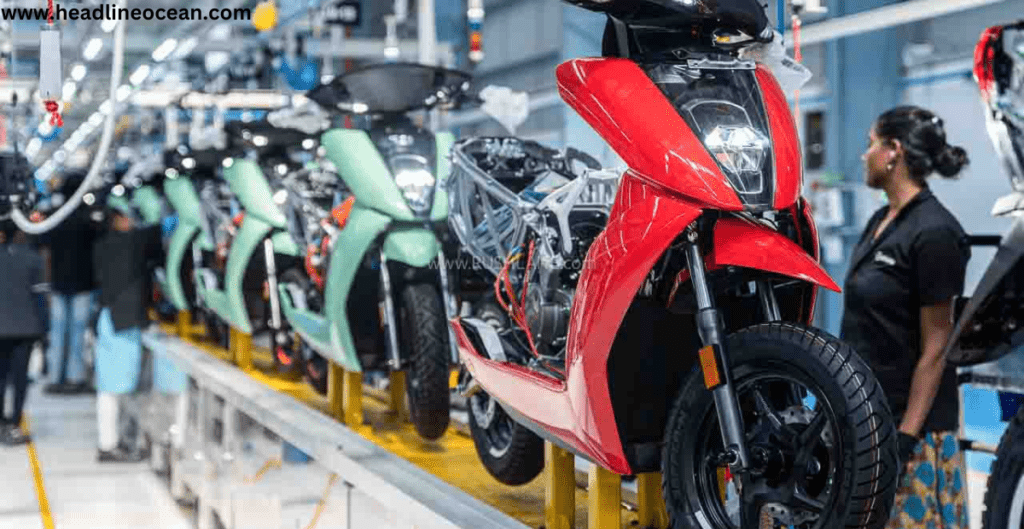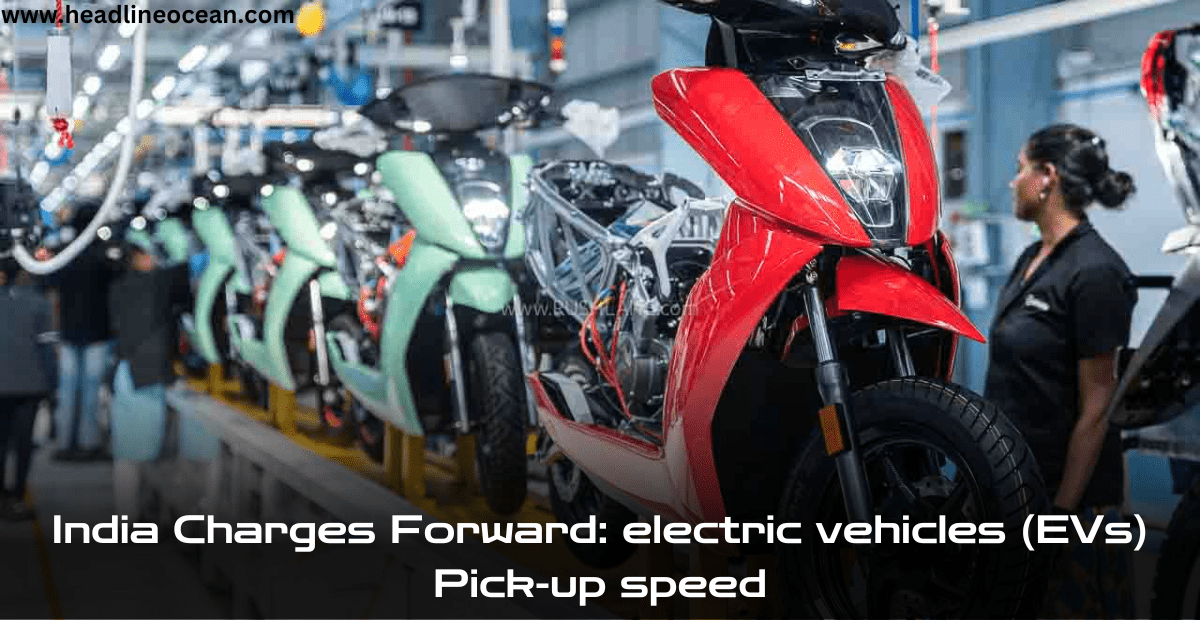The market for electric vehicles (EVs) in India is expanding rapidly, which gives many industry insiders hope for the future. In the first half of 2023, India saw a 45% increase in EV sales over the same period the previous year, putting the country well on track to meet its ambitious goal of having EVs account for over 40% of the car market by 2030. This corresponds to a potential income of more than $100 billion.

India’s electric vehicle (EV) market is growing quickly, which is encouraging for many industry insiders about the future. India saw a 45% rise in EV sales in the first half of 2023 compared to the same time the previous year, putting the nation on track to achieve its ambitious target of having EVs make up over 40% of the automobile market by 2030. This translates to over $100 billion in potential revenue.
Government pushes for Green Mobility with EMPS 2024
One important factor encouraging the adoption of electric vehicles (EVs) is the Indian government. The provision of subsidies for electric two-wheelers (e2Ws) and three-wheelers (e3Ws) has been made possible through the Faster Adoption and Manufacturing of Electric Vehicles (FAME) II plan, which was introduced in 2019. FAME II, however, came to an end in March 2024. The government unveiled the Electric Mobility Promotion Scheme (EMPS) 2024 in an effort to keep things moving forward.
This new plan, which has a ₹500 crore budget for the first four months, is focused on e2Ws and e3Ws. The government highlights the scheme’s emphasis on shock absorption, even though subsidies have been cut. This is intended to ease the transition from FAME II and prevent a sizable increase in consumer prices.
Industry reaction to the policy shift.
The new policy is receiving mixed reviews from the industry. While some manufacturers, like Mahindra, are grateful for the government’s ongoing support of electric vehicles, others worry about how the lower subsidies would affect affordability, especially for consumers on a tight budget. The top organization representing the Indian car industry, the Society of Indian Automobile Manufacturers (SIAM), has demanded a stable, long-term legislative framework to promote significant investments in the field.
Electric Vehicles (EVs) sales increase despite changes to subsidies.
The 45% increase in EV sales in the first half of 2023 suggests that consumer demand for electric vehicles is rising despite these reservations. This increase exceeds early concerns about the effects of lower subsidies. Interestingly, India’s EV penetration has surpassed 5%, rising from 4.8% in 2022 to 6.3% as of March 2024.
Factors Driving EV Adoption.
India’s adoption of electric vehicles is growing for a number of reasons, including:
- Rising Fuel Costs: Considering the rising cost of gasoline and diesel, electric vehicles are becoming a more cost-effective choice over time.
- Environmental Concerns: Consumers are gravitating toward greener transportation solutions as their knowledge of environmental issues grows.
- Government Incentives: Even though the subsidy program may change, the government’s ongoing support for electric vehicles (EVs) is essential.
- Improved Battery Technology: More range and faster charging periods are coming to electric vehicles (EVs) thanks to advancements in battery technology.
- Growing EV Options: To meet the varied needs of consumers, both new and established manufacturers are introducing a greater range of electric two- and three-wheelers.
Challenges for the Indian EV Market.
Although the future appears promising, difficulties still exist:
- Charging Infrastructure: For electric vehicles (EVs) adoption to spread nationwide, a strong and extensive charging network must be established. Some potential customers are still turned off by range anxiety, the dread of running out of power before reaching a charging station.
- Battery Costs: Although battery technology has advanced, prices are still high. For electric vehicles (EVs) to be more accessible to a wider range of people, battery costs must be reduced.
- Financing Options: When it comes to financing, electric automobiles can be trickier to finance than conventional vehicles. Improving electric vehicles (EVs) loan accessibility will be essential to increasing sales.
- Skilled Workforce: The transition to electric vehicles necessitates the availability of a trained labor force that can service and maintain this novel technology.
The Road Ahead for India’s EV Market.
To overcome these obstacles, the automotive sector and the Indian government are collaborating. Efforts are in progress to broaden the charging infrastructure, encourage battery development and production, and provide educational initiatives for a workforce proficient in electric vehicles.
Here is my opinion on it!
The electric vehicles (EVs) market in India is undergoing an exciting transition. There are problems and adjustments to policies, but overall there is hope and growth. Government backing, rising consumer demand, and technical developments are pushing India toward an era in which electric vehicles are the standard. India can maintain its position as a global leader in the electric vehicle revolution by tackling the remaining obstacles, such as workforce training, battery pricing, finance alternatives, and infrastructure for charging. The transition to clean transportation offers prospects for economic growth in addition to environmental advantages, benefiting both the country and its people.
For more updates, keep an eye on: www.headlineocean.com

